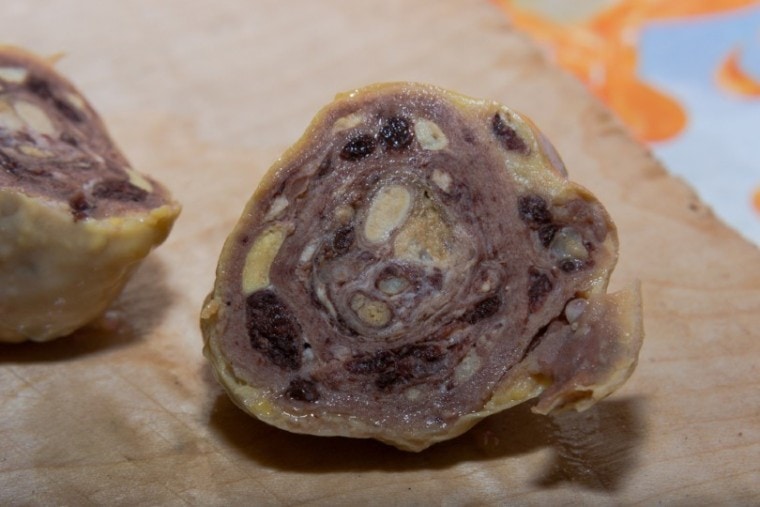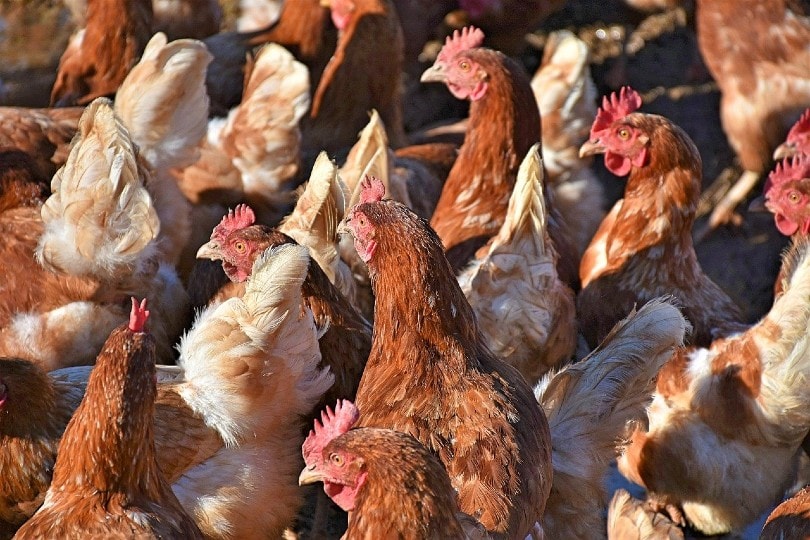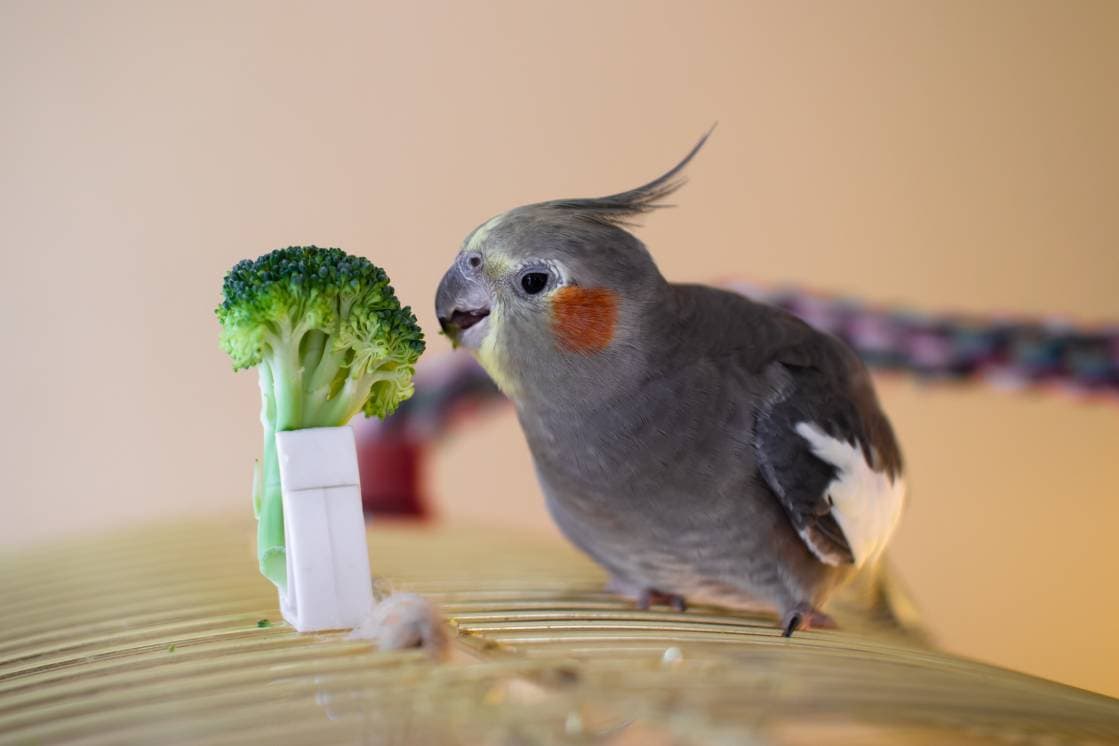
Most backyard chicken farmers come upon various egg abnormalities at some point in their venture. There are rubbery eggs, yolk-less eggs, and blood spots, which are not major concerns.
And then there’s a lash egg, a rare abnormality you may not have seen in your many years of chicken keeping. While the other egg production “glitches” are no reason for concern, a chicken that lays a lash egg is a red flag. Lash eggs are thickened masses of tissue enclosed in a shell and produced due to salpingitis.
If you’ve never heard or seen a lash egg, then there’s something you should know about it as a backyard chicken keeper. Keep reading.

What Is a Lash Egg?
Expect to be shocked when you see this oddity in your nest box for the first time because it is pretty gross-looking. But, if you are wondering what prompts lash eggs, then the first thing you must know is that these objects aren’t eggs at all.
Lash eggs are thickened masses of tissue enclosed in a shell and produced due to salpingitis – an inflammation of a hen’s oviduct due to a bacterial or viral infection. This infection causes a hen to discard pus and other materials accumulated in the body.
Salpingitis is not limited to chickens alone, as humans can also get it, presenting as an inflammation of a woman’s oviduct (fallopian tube).

What Does a Lash Egg Look Like?
A lash egg is irksome, rubbery, squishy, covered only with a firm film, and appears as an egg, but it’s a build-up of pus.
The hen’s immune system responds to the inflamed oviduct by trying to wall the infection with a waxy, cheese-like funky mass. You may notice that the egg-shaped object contains pus and may or may not have a yolk, egg white, egg membrane, blood, and bits of tissue from the oviduct wall.
It also has layers of material with bumps and ridges along the surface and a pungent smell, appearing rather disgusting and odd.
Lash eggs appear egg-shaped, though elongated, and the only reason for this shape is because the mass passes through the reproductive system before the hen lays it, the same way a typical egg does.

What Causes Salpingitis Infection in Chickens?
Unfortunately, the exact reason why chickens catch salpingitis is unknown. But the identified risks include:
Overcrowding
Industrial farms that keep chickens so close together predispose their flocks to catching this infection, as it can be contagious in some circumstances. For instance, viruses can spread quickly through overcrowded chickens, or the hen may catch the infection through the protozoa in the water.
Chickens also naturally carry bacteria in their bodies, so they are already at risk of infection. Any laceration in the oviduct can make way for the bacteria to enter and cause salpingitis.
Chicken owners try to control salpingitis earlier in life by using healthy parent flocks and immunizing effectively against respiratory viral pathogens that can be common in the area.

Bacteria and Viruses
Salpingitis occurs when a bacteria or virus gains entry into the birth canal before moving its way up the reproductive tract. The infections can descend from the abdominal sac to the oviduct through the blood and spread tube to tube to other adjoining tissues.
Lash egg masses vary in sizes, from smaller ones within the oviduct up to an egg size, which chickens can pass or regurgitate by reverse peristalsis.
Unfortunately, some masses can be so large, and although they may not rupture the oviduct, they compress the intestines and other internal organs. This force makes it hard for the bird to breathe as it cannot inhale well and get enough air into the air sac.

Can Salpingitis or Lash Egg Kill Chickens?
Lash eggs mean bad news for chickens, and the problem may have been raging inside your hen by the time you catch it.
Unfortunately, the likelihood for recovery is flawed as it’s unlikely for a hen to survive more than 6 months with salpingitis. It mainly kills within 24 hours after you discover it, as the longer it may have been festering your hen, the lesser the chances of recovery.
And if your hen somehow survives, she may never return to normal egg-laying again because the infection causes infertility.
Types of Lash Egg Disease (Salpingitis)
Bacterial Salpingitis
Salpingitis due to bacteria tends to have more secretions, causing large lash eggs with firm content that include yolk, eggshells, oviduct tissue, and membranes.
If you cut the cheesy egg, you’ll discover that it is layered like an onion. Sometimes, the fully formed eggs can appear caseous (soft, dry, and crumbly like cheese) because of egg binding or the egg had been lodged in the oviduct’s inflamed area.
The primary infectious pathogen that causes bacterial salpingitis is Escherichia coli, although other involved organisms include Salmonella, Mycoplasma, and Pasteurella can also cause it.

Viral Salpingitis
Abnormal viral salpingitis lesions contain excess fluid (edema), hemorrhage, and creamy and pale juices. Bronchitis virus is the most common viral cause, but adenoviruses, influenza, and Newcastle disease viruses can also cause salpingitis.

Risk Factors for Salpingitis
Some chickens are more prone to producing lash eggs than others, and the most common predisposing factors include:

Signs of Lash Disease or Salpingitis
Infected hens tend to exhibit non-specific signs that make most chicken keepers confuse them with many other conditions or disorders.

How to Prevent Salpingitis
1. Proper Nutrition
Give your flocks enough feed and only what they need to prevent obesity. Also, ensure that you maintain proper nutrition as per your vet’s instructions.
2. Vaccinate
Immunize your birds against respiratory infections to prevent viruses like Bronchitis.
3. Buy Healthy and Clean Parent Chicks
Ensure that the chicks you bring home are from an NPIP certified supplier, with chicks checked for bacteria like Salmonella, which can be passed onto a chick inside the shell.

4. Exercise Proper Backyard Biosecurity
Ensure that you prevent over-crowdedness, and your backyard is clean and safe for chickens. It will help control the spread of viruses and infections.
5. Always Obtain Chicken Necropsy
Ensure that you conduct an autopsy when a chicken dies of unknown causes to help protect the rest of the flock, just in case.

How to Treat Salpingitis
1. Antibiotics
You can combat bacterial salpingitis if you detect it early while the pus is still soft by using antibiotics. However, antibiotic treatment is often ineffective as most people catch salpingitis when it’s too late. Unfortunately, viral salpingitis has no treatment measures.

2. Surgery
You can choose to physically remove the ovary, fallopian tube, pus, and any egg component surgically, although there’s a high risk of infection and reoccurrence.
3. Hormonal Treatment
Vets can also administer hormonal implants to suppress yolk release and stop ovulation in chickens. These implants are usually surgically placed.
4. Depopulate by Euthanizing
You can depopulate your entire flock, depending on the severity of the condition in your birds. Clean the backyard, and then start clean with healthy birds.
However, it may be unrealistic if you have a large flock, so you may need a vet to examine the chickens and determine each bird’s quality of life.
5. Administer Anti-inflammatory Drugs
You can also administer oral drugs like Meloxicam to ease the abdominal swelling.

Summary
Unfortunately, chicken keepers cannot do much to prevent their birds from laying lash eggs as hens can develop salpingitis, whether they are healthy or not. You can, however, practice proper management and stay wary of any bird that appears “off” or sick.
Featured Image Credit: Todorean-Gabriel, Shutterstock







